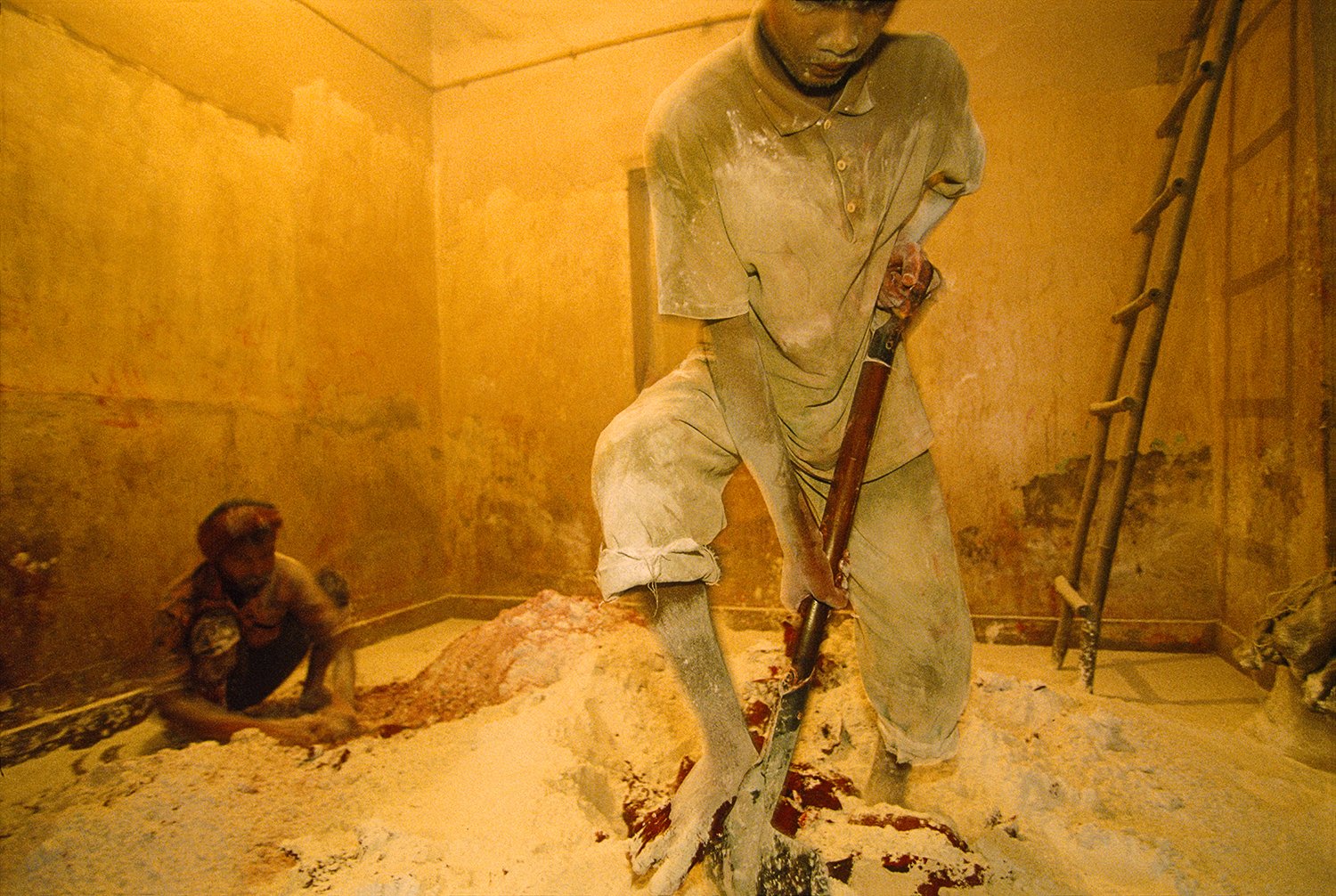QUEST FOR COLOR
THE NAMIB, THE OLDEST DESERT ON EARTH, PRESERVES THE EXQUISITE CORPSE OF THE GERMAN WEST AFRICAN DIAMOND-MINING TOWN CALLED KOLMANSKOP. THE SAND SCOURED COTTAGES ARE THE LEGACY OF A DIAMOND RUSH IN 1908.
I stumbled upon Kolmanskop, an abandoned mining town near Luderitz while working on a story about diamonds for the National Geographic Magazine.
In 1908, Namibia was still part of German West Africa. A railroad worker was sweeping sand off a stretch of the rail that hugs the coast and where the Namib Desert meets the sea. He picked up a stone that turned out to be a diamond. This single event transformed a country and triggered a rush of prospectors.
Workers literally crawled across the desert, shoulder-to-shoulder harvesting stones in concentrations so rich that, in six years, they found more than 4.6 million carats of diamonds. The German government declared a 290 mille long strip of coastal land, the "Sperrgebiet," (the Forbidden Zone) where prospecting was forbidden.
Lively mining towns sprung up overnight, littering the desert with housing, casinos and theaters. By the 1930s, new technology had begun to eliminate jobs: machines were being used to mine coastal sands. Workers returned to Germany and wind-driven sands of the Namib swept into the abandoned towns, filling the tidy workers' rooms, and scouring brightly painted walls into dreamscapes.
Limited Edition Prints
The Quest for Color archival inkjet prints are an edition of 30
Sizes:
13 x 20 in — 33 x 51 cm
18 x 27 in — 46 x 68.5 cm
SANDHOUSE PASSAGE CW0003
SANDHOUSE GREEN ROOM CW0004
SANDHOUSE THE DOOR CW0002
SANDHOUSE SIENNA ROOM CW0005
SANDHOUSE PALM ROOM CW0011
SANDHOUSE OCEAN ROOM CW0006







